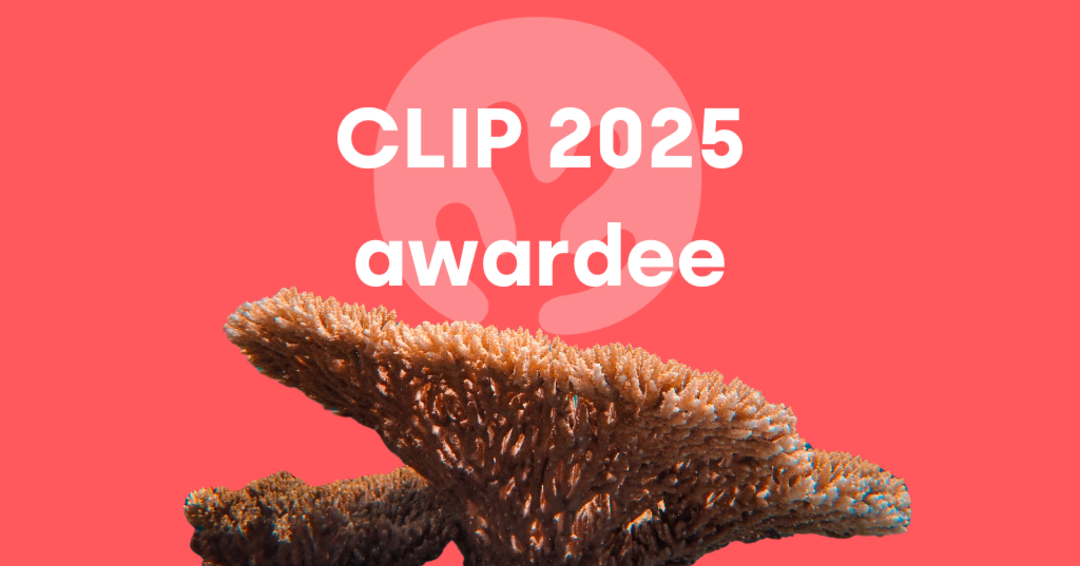Project title: Smart Revival: AI and Acoustic Technologies for Monitoring and Enhancing Coral Restoration in the Galápagos
Lead applicant: Prof. Margarita Brandt
Co-applicants: Catalina Ulloa, Nicolás Dávalos, Ben Williams, Dr. Alfredo Valarezo, Aaron Rice, Benjamin Kellenberger, Felipe Grijalva, Jenifer Suárez
Countries involved: Ecuador, United Kingdom
Takes place: Galápagos
Supporting institutions: Universidad San Francisco de Quito (USFQ), Galapagos Reef Revival, Imperial College of London, Cornell University, Yale University, University College London, Galápagos National Park
Total budget: USD 99,999
Duration: 24 months
Project overview
Coral reefs in the Galápagos, though limited in extent, are essential habitats for marine biodiversity. Unfortunately, almost all of them—16 out of 17—were lost after the severe El Niño event of 1982–83. Since then, reefs have slowly begun to recover, but the process remains fragmented and limited. To accelerate this recovery, coral restoration efforts started on Isabela Island in January 2022. So far, more than 6,000 coral fragments have been transplanted back to the seafloor, covering an area equivalent to half a hectare of one of the historical reefs.
Monitoring these corals is no easy task. Traditional surveys require extensive snorkeling or diving, with researchers manually recording observations. Moreover, the pace of reef recovery may not be fast enough to keep up with ongoing threats such as additional El Niño events. To address this challenge, the project is exploring a novel approach: listening to reefs. Using a time- and cost-efficient method called Passive Acoustic Monitoring (PAM), scientists can record coral reef “soundscapes” continuously over long periods. Recent advances in artificial intelligence allow models to detect signals from fish calls, shrimp snaps, and anthropogenic noise, providing valuable insights into reef health, activity, and biodiversity.
Degraded reefs with low biodiversity are often acoustically silent due to reduced larval settlement of fishes, corals, and other invertebrates. This diminished larval recruitment, coupled with a degraded soundscape, can create a negative feedback loop that hinders restoration efforts. Acoustic Enrichment (AE)—broadcasting healthy reef sounds—can help attract larvae and restore the soundscape, but larvae still need substrates for settlement. To tackle both challenges, the project combines AE with the deployment of artificial substrates, promoting larval recruitment and improving the outcomes of restoration practices.
By integrating these innovative approaches, the team aims to accelerate reef recovery in the Galápagos, giving corals and marine life a better chance to thrive.
Specific objectives
- Automate marine surveys of restored areas using Passive Acoustic Monitoring (PAM).
- Support restoration practices through Acoustic Enrichment (AE).
- Evaluate the larval settlement responses to substrate and sound.
- Increase research and development (R&D) capacity in Ecuador.
How the objectives will be met
- Automated marine surveys: install hydrophones (1x Soundtrap ST400 and 10x HydroMoth stations) at different sites to record reef sounds at key times of the day (dawn, midday, and dusk). These recordings will then be analyzed with Artificial Intelligence to identify ecological patterns.
- Restoration practices through acoustic enrichment: split the restoration site into six plots of 15 x 15 m (three experimental and three control plots).
- Deploy underwater speakers (known as Reef Acoustic Playback System – RASP) in each experimental plot and play back pre-recorded sounds sourced from healthy reefs in Isabela Island. Recordings will be played two hours before dawn and two hours after dusk. Each plot will be monitored using hydrophones, cameras, and visual surveys to evaluate results.
- Evaluate the larval settlement responses:
- Test three types of settlement tiles, namely, 1) 3D printed terracotta, 2) calcium carbonate with plant enzymes, and 3) locally sourced volcanic rocks. Deploy and photograph tiles monthly to track surface colonization. A number of tiles will be collected for detailed inspection and recruitment quantification.
- Research and development capacity: host a hands-on workshop to train both the project team and local stakeholders in advanced acoustic monitoring techniques, helping to build long-term expertise in the region.
Impact of the project
- 20 local people trained in advanced acoustics analytical skills.
- Tested approach to speed up coral reef monitoring.
- Restored reefs will provide habitat and shelter for countless species of fish and invertebrates, strengthening biodiversity in the region.
- Conservationists and policymakers can use the findings to develop strategies for accelerating coral restoration efforts.
Major highlights
- Monitoring a restoration site with 6,000 coral transplants from Pocillopora (30 morphotypes), Porites lobata, Pavona clavus, Pavona gigantea, and Pavona chiriquiensis.
- Combines acoustic enrichment and Artificial Intelligence, bringing technology into reef restoration in ways that are rare and pioneering.

